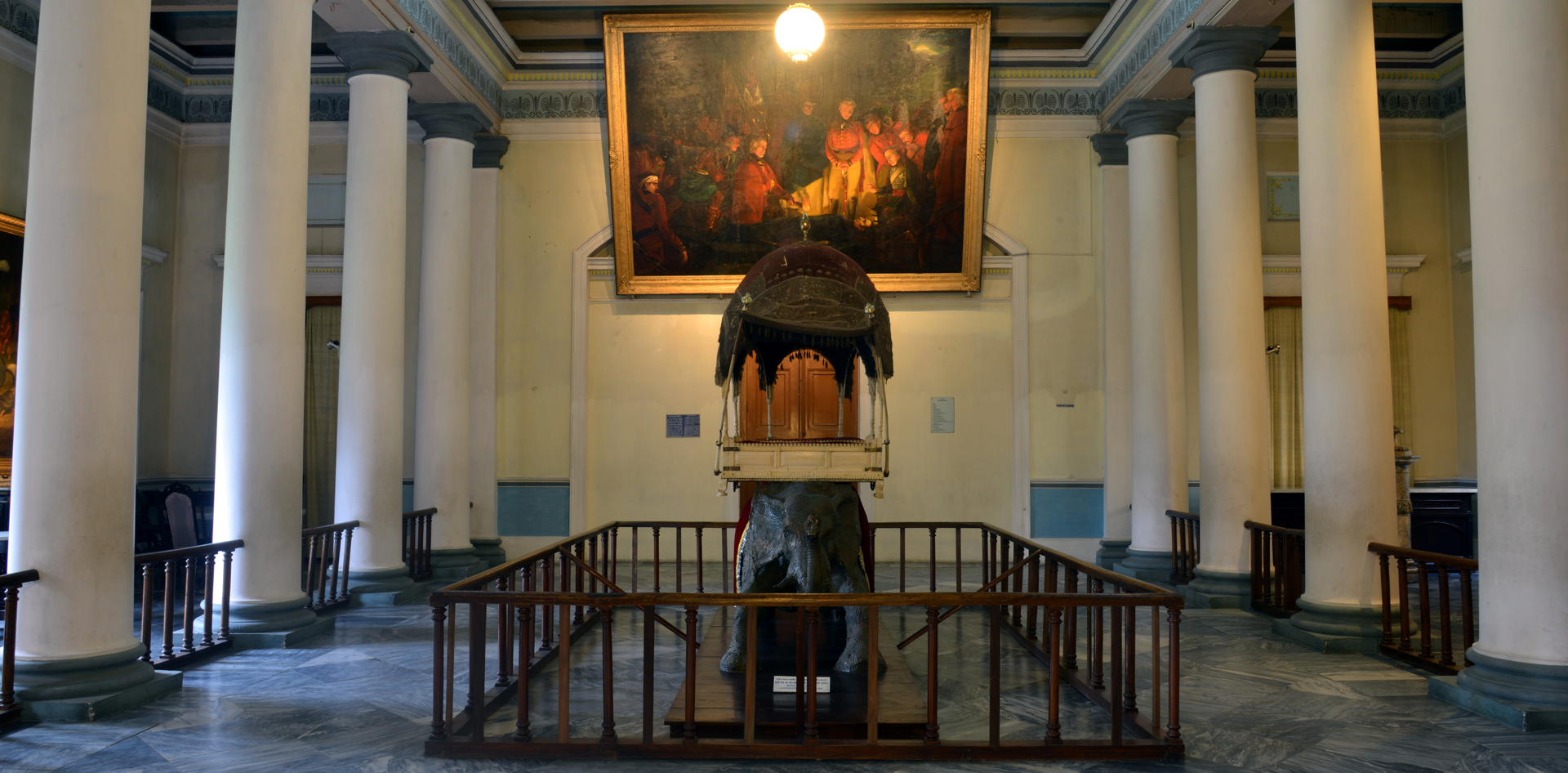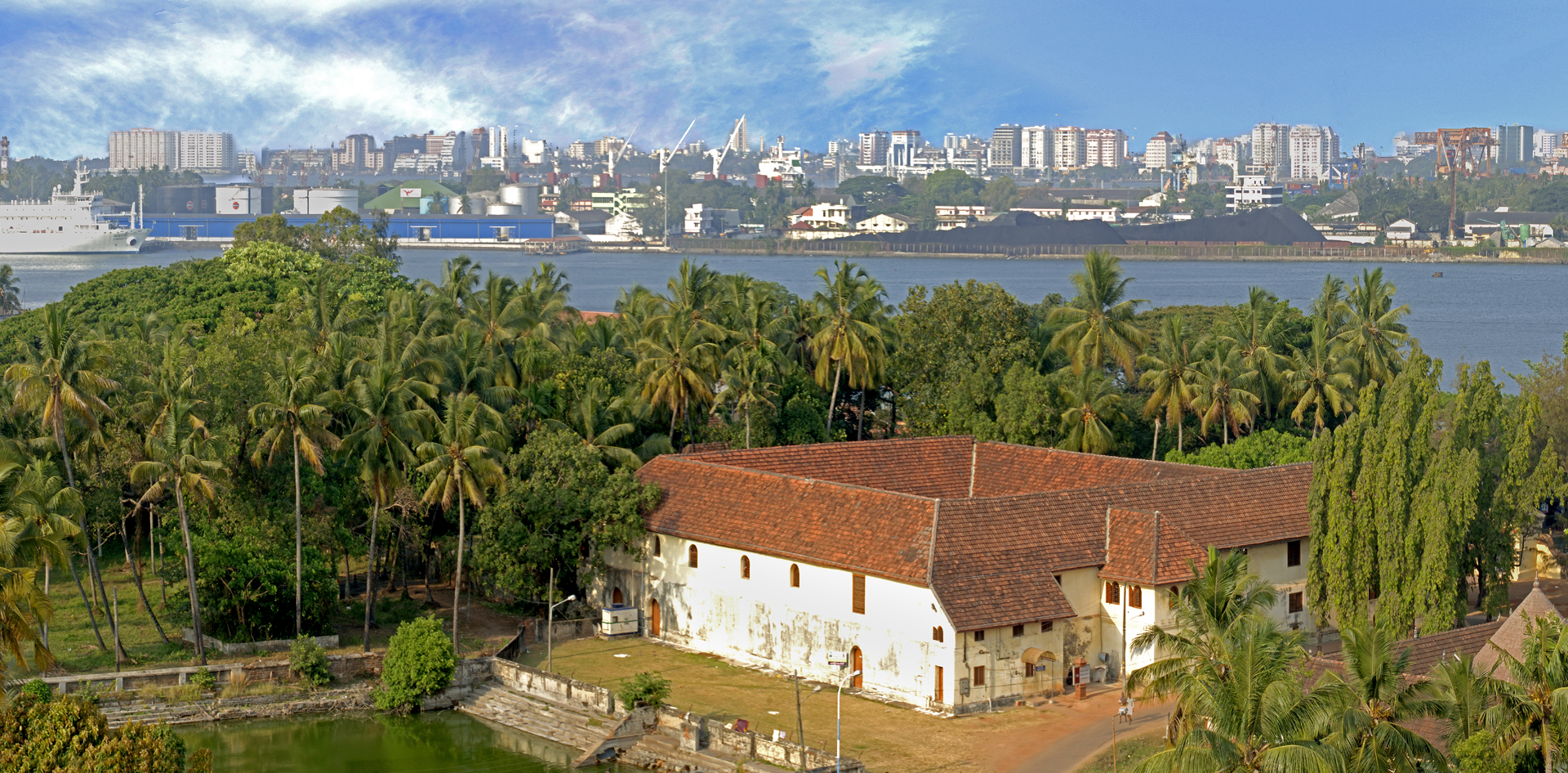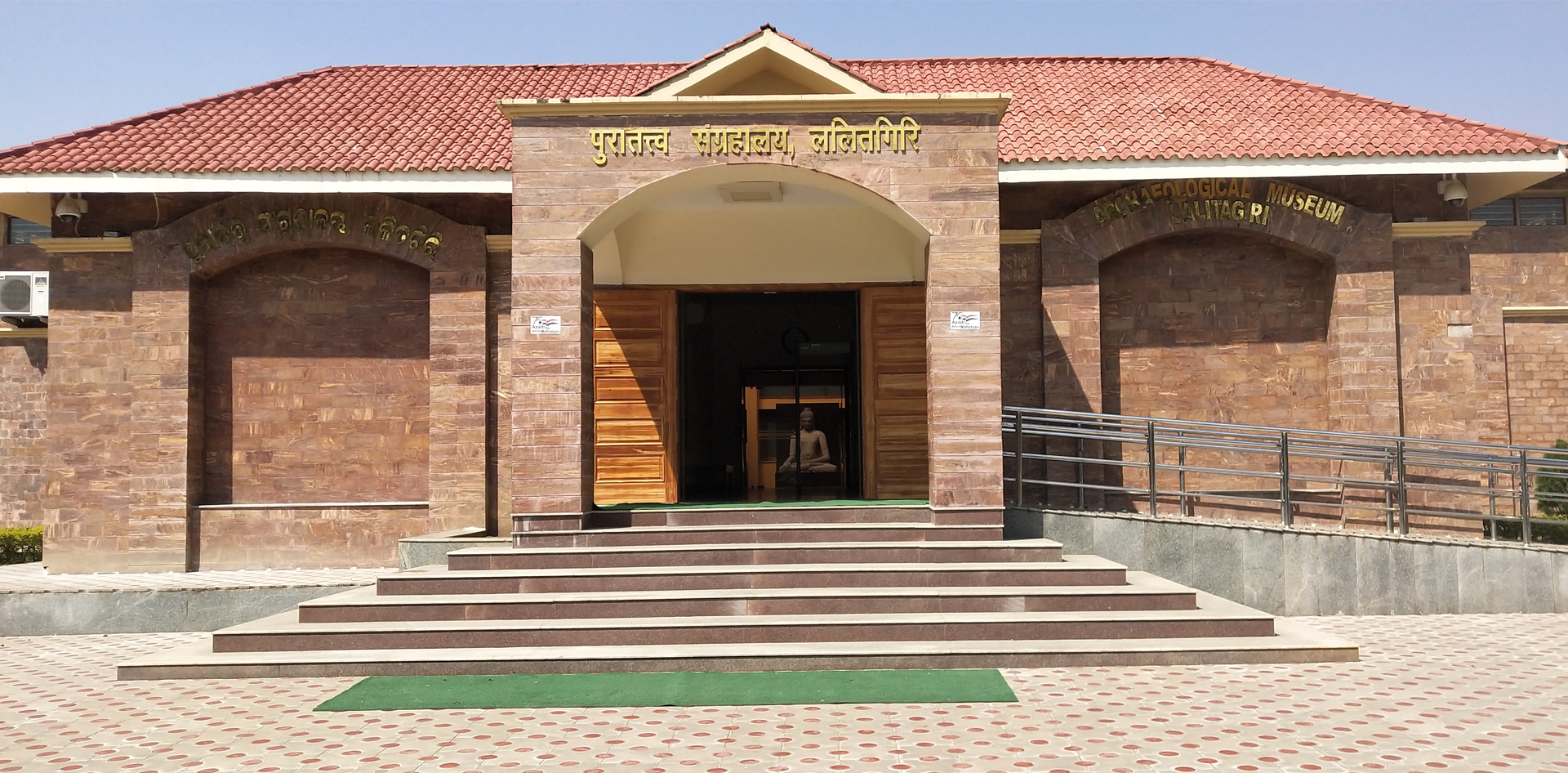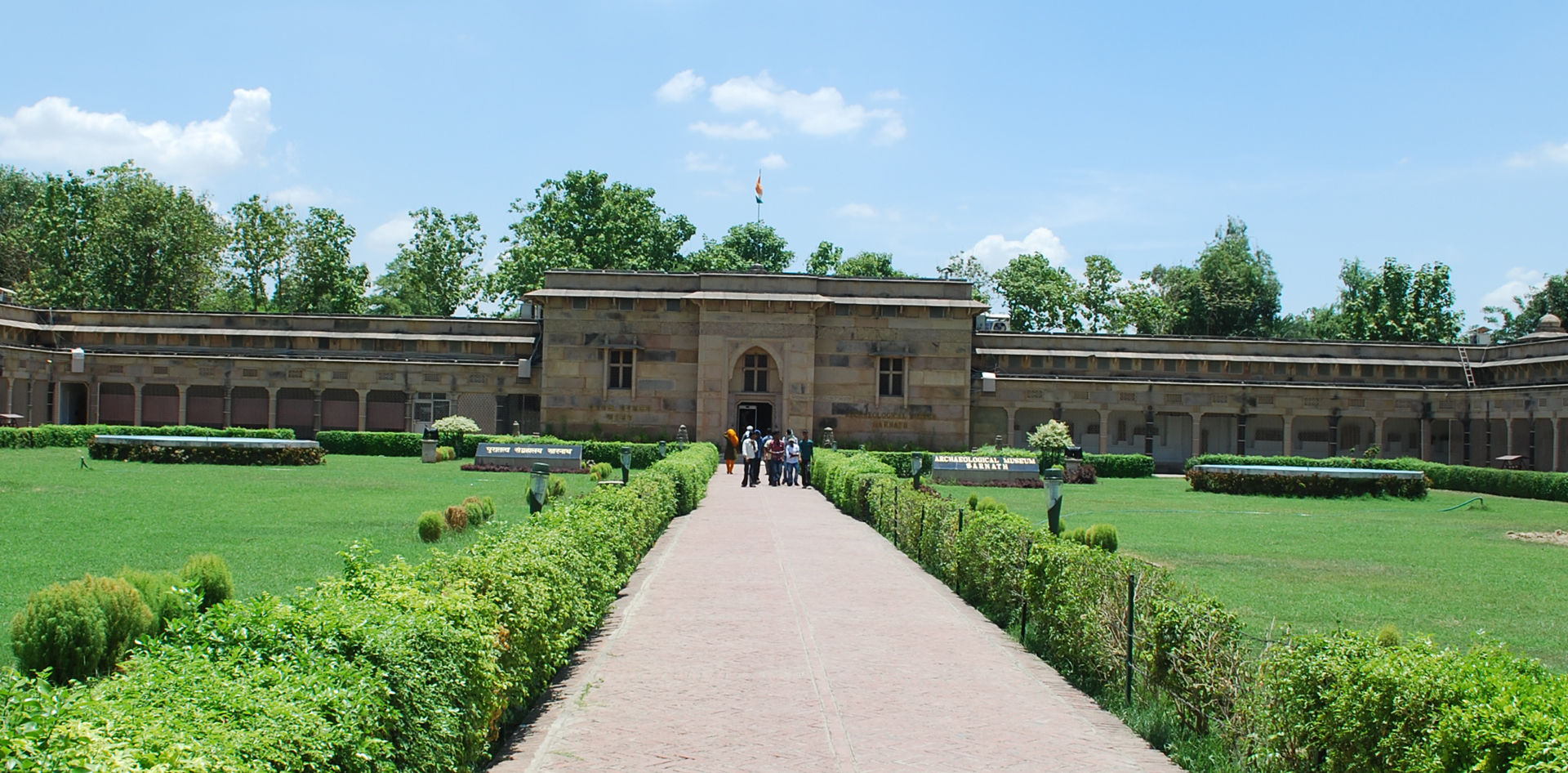- Home
- About Museums
Museums
The concept of museums in India may be traced back to the historic times, with the occurrence of the word chitrasala which means picture gallery. The earliest necessity to house objects of antiquarian remains dates back to late 1796 CE when the Asiatic Society of Bengal felt the need to house the enormous collection of archaeological, ethnological, geological, zoological pursuits. However, the first museum by them was started in 1814. The nucleus of this Asiatic Society Museum later provided the Indian Museum, Calcutta.
In Archaeological Survey of India (ASI) also, due to the various explorative investigations that was initiated since the times of its first Director-General, Alexander Cunningham, a vast quantity of antiquarian remains were collected. The creation of site museums had to wait until the arrival of Sir John Marshall, who initiated the foundation of the local museums like Sarnath (1904), Agra (1906), Ajmer (1908), Delhi Fort (1909), Bijapur (1912), Nalanda (1917) and Sanchi (1919).
The concept of site museums is well elucidated by Hargreaves, one of the former Director Generals of ASI: ‘it has been the policy of the Government of India to keep the small and movable antiquities, recovered from the ancient sites, in close association with the remains to which they belong, so that they may be studied amid their natural surroundings and not lose focus by being transported’.
A separate Museums Branch in ASI was created in 1946 by Mortimer Wheeler. After the independence, there was a spurt in the growth of site museums in ASI.
At present, there are 52 Archaeological Site Museums under ASI spreading over the length and breadth of India i.e. Kangra (Himachal Pradesh) in the north to Mattancherry Palace (Kerala) in the south and Sri Surya Pahar (Goalpara, Assam) in the east to Dholavira (Kachchh, Gujarat) in the west. With time, the concept of archaeological site museums enlarged when museums on diverse themes viz. period, thematic museums were added.
Keeping the present scenario in mind, most of the Archaeological museums have been up-graded in terms of general layout, gallery plans, information/ interpretative panels, lighting, disable-friendly environment, etc. In order to nurture best practices in archaeological museums, guidelines have also been formulated in 2013. These guidelines were prepared to monitor museum development and management in all its major spheres of activity and to fund research, conservation, interpretation, and visitor services and setting-up of efficient management structures.
 Home
Home








